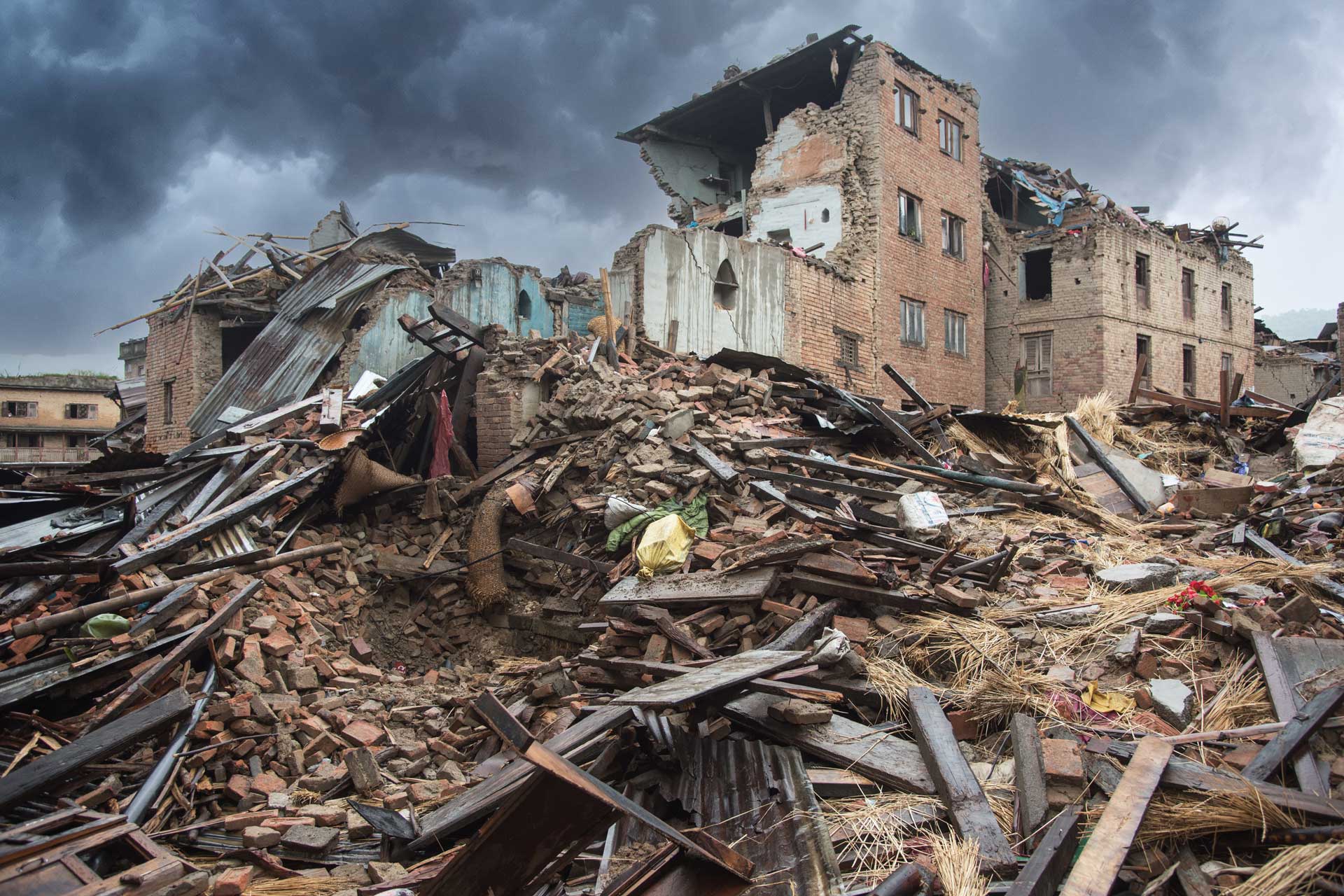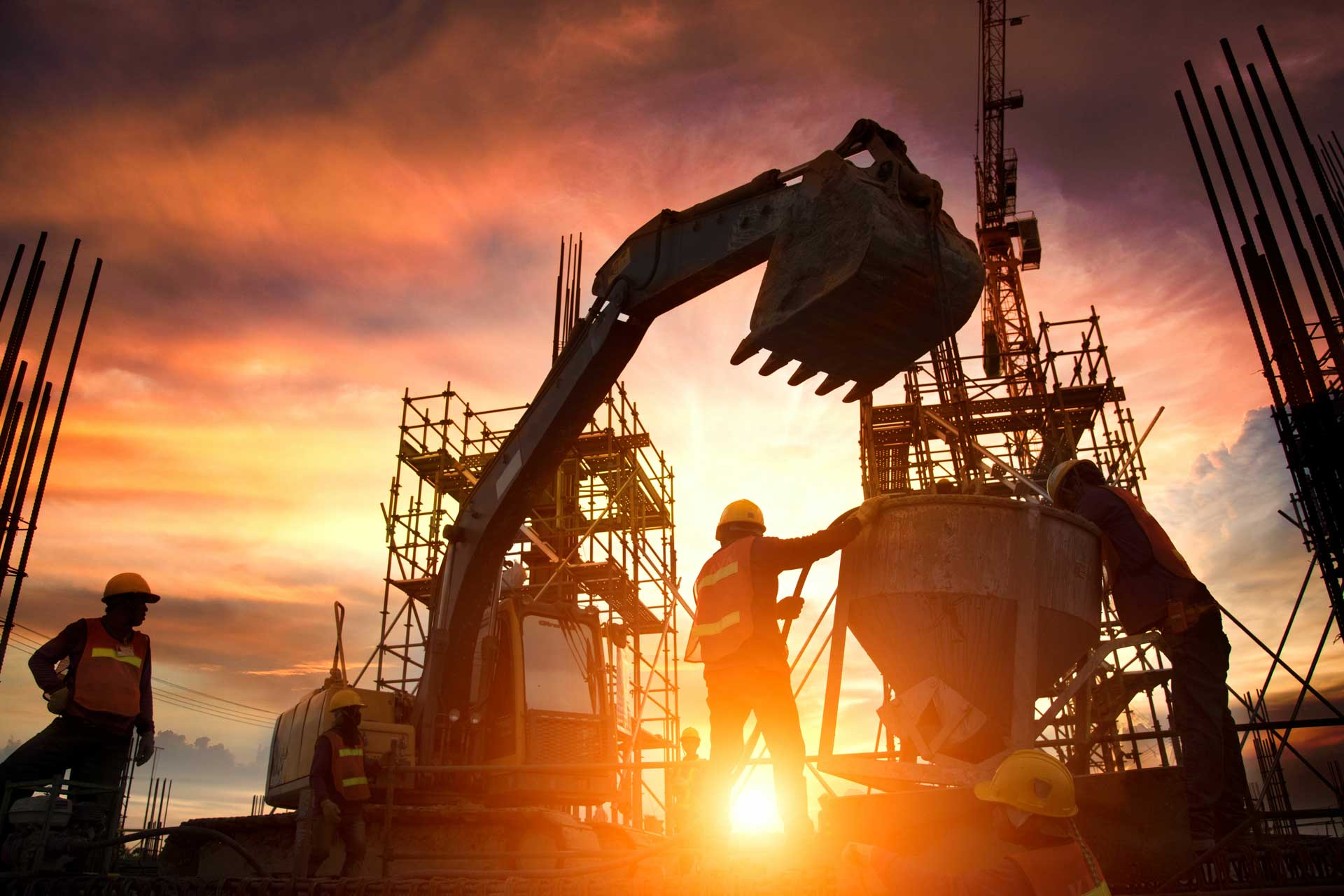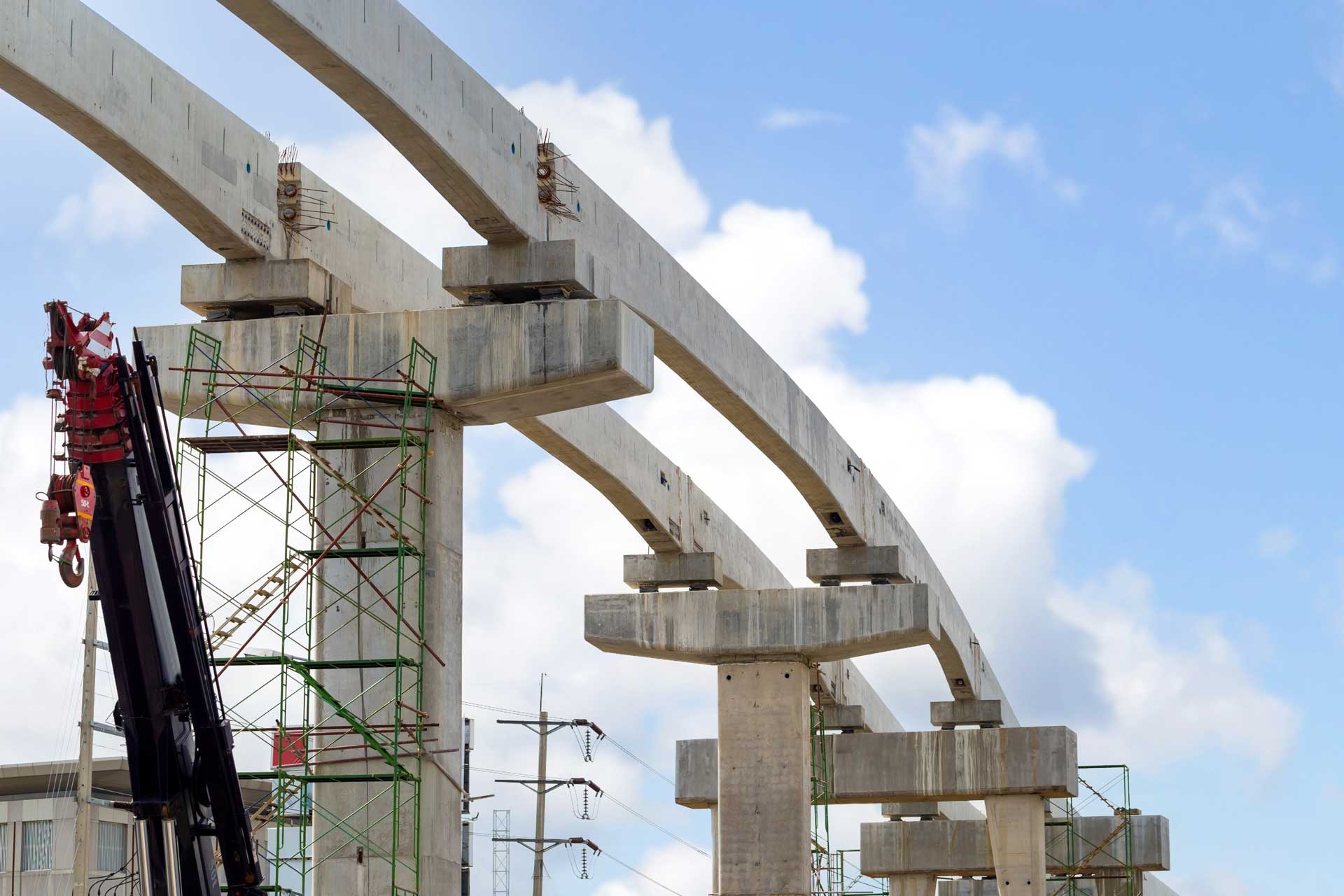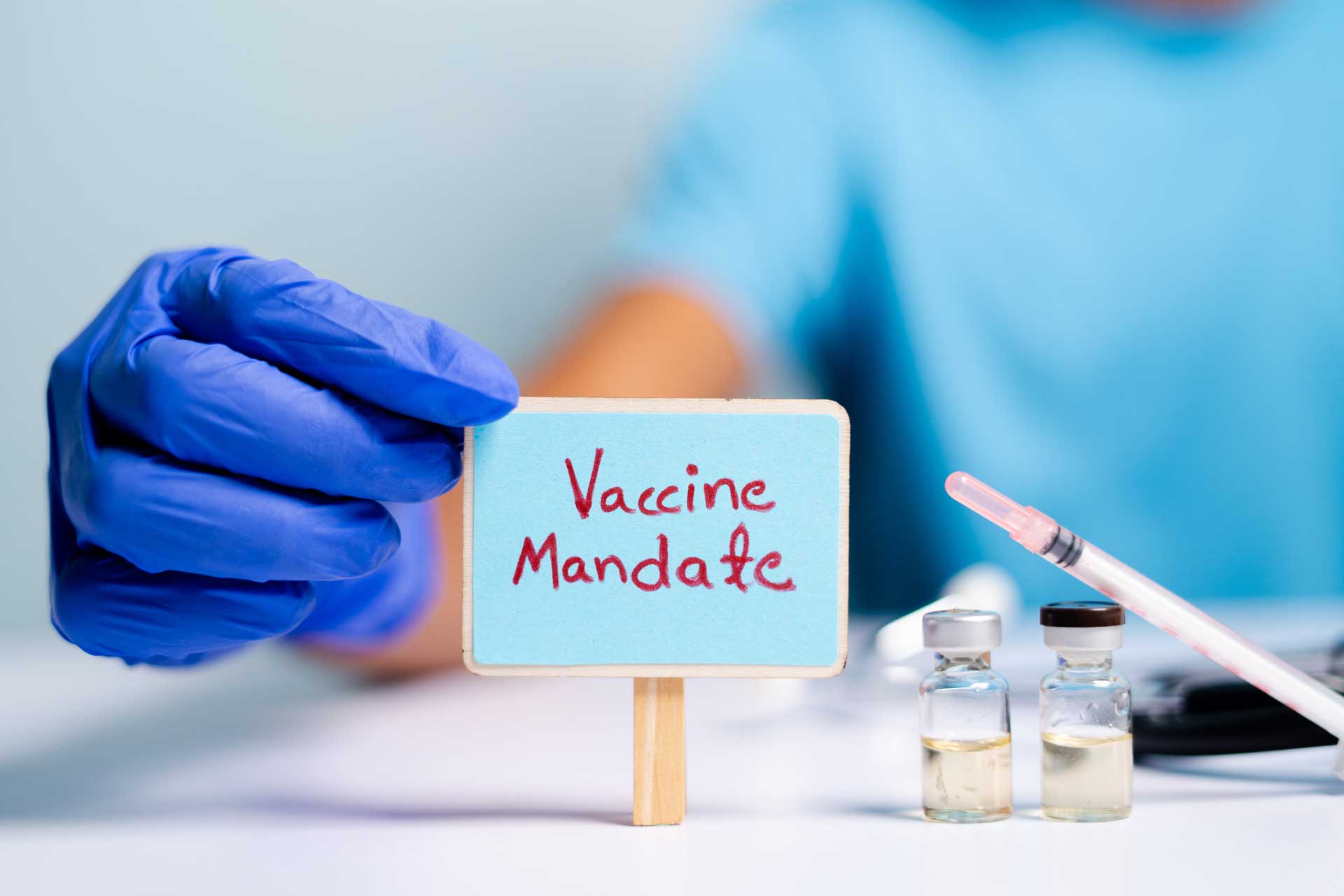As a construction business owner, you’re on top of your project plans—but what about your succession plan? A comprehensive succession plan is a critical part of any company’s business strategy, helping to ensure the continued success of your business even after you leave your role as owner.
Why You Need a Comprehensive Succession Plan
A succession plan isn’t merely a piece of paper stating your chosen successor(s). A well-structured succession plan takes several years to develop and may change over time depending on the needs of your business and its stakeholders. It’s never too early to get started on a succession plan. You should begin planning for future transitions long before you expect to retire or leave your position. Life is unpredictable, and you never know when circumstances may demand a change of leadership. In the case of an unexpected event such as illness, injury, or even death, you’ll want to ensure that the management of your business is left in good hands.
When building your succession plan, consider what positions are critical to the operation of your business and identify high-potential employees as possible candidates for succession. A vital factor in developing future leaders within your company is a culture of constant training and mentorship. It is in your best interest to provide frequent, high-quality training opportunities and conduct regular performance reviews of your employees. Experienced construction professionals possess a wealth of hands-on experience, industry knowledge, and valuable skills. Mentorship programs ensure that this knowledge is passed down to the next generation of workers, rather than being lost when experienced employees leave or retire.
Not only does a detailed succession plan provide a blueprint for the future of your company, but it also earns the confidence of your employees, investors, clients, and other stakeholders by assuring them that a plan is in place for the inevitable transition of leadership. As such, it’s advisable to communicate your plan, as well as any changes or updates, to company stakeholders. The plan should be regularly reviewed and adjusted if necessary to ensure alignment with the business’s current goals and needs.
The Benefits of Buy-Sell Agreements
One question that you will face when developing a succession plan is how company ownership will be transferred when the time comes. One option for transferring ownership is through a buy-sell agreement. Buy-sell agreements are typically implemented by companies with multiple owners to guarantee business continuity in the event that one owner leaves the business for reasons such as retirement, voluntary exit, disability, or death. Buy-sell agreements help to protect the business by allowing a smooth transition of ownership, preventing owners from selling interests to outside parties, providing a method for assessing the value of company interests, and avoiding tax consequences of transferring ownership.
There are two main types of buy-sell agreements: cross-purchase agreements and entity-purchase (redemption) agreements. Under a cross-purchase agreement, the interests of the departing owner are purchased by the remaining owners. In the event of an owner’s death, tax-free life insurance policies (taken out by all owners on each other) are often used to fund this purchase. Under an entity-purchase agreement, the business entity itself purchases the interests of the departing owner, also commonly using tax-free life insurance benefits to fund the purchase. The establishment of buy-sell agreements is merely one component of a comprehensive business succession plan.
Set Your Business Up for Success
Investing the time and effort to formulate a succession plan early on reduces the risk of disruption and difficulties for your business down the road. It’s important to work with a team of trusted advisors throughout this process to ensure the long-term success of your succession plan and your business. RBT CPAs’ business advisory services experts are available to assist you with creating and reviewing your succession plan and buy-sell agreement. We are also here to support all of your accounting, tax, and audit needs. For more information, don’t hesitate to give us a call and find out how we can be Remarkably Better Together.










